Climate change is not a distant threat; it’s a present-day reality reshaping our environment in tangible ways. One of the most significant impacts is on water resources, a vital element for life. Water stress, defined as the imbalance between water demand and supply, is increasingly becoming a critical issue in various regions of the United States. As weather patterns shift, regions that once enjoyed abundant water resources are now facing scarcity, while areas previously dry are seeing unexpected floods. This dynamic shift is altering the geographical landscape of water stress across the nation, prompting urgent discussions among scientists, policymakers, and communities.
The Changing Climate and Its Impact on Water Resources
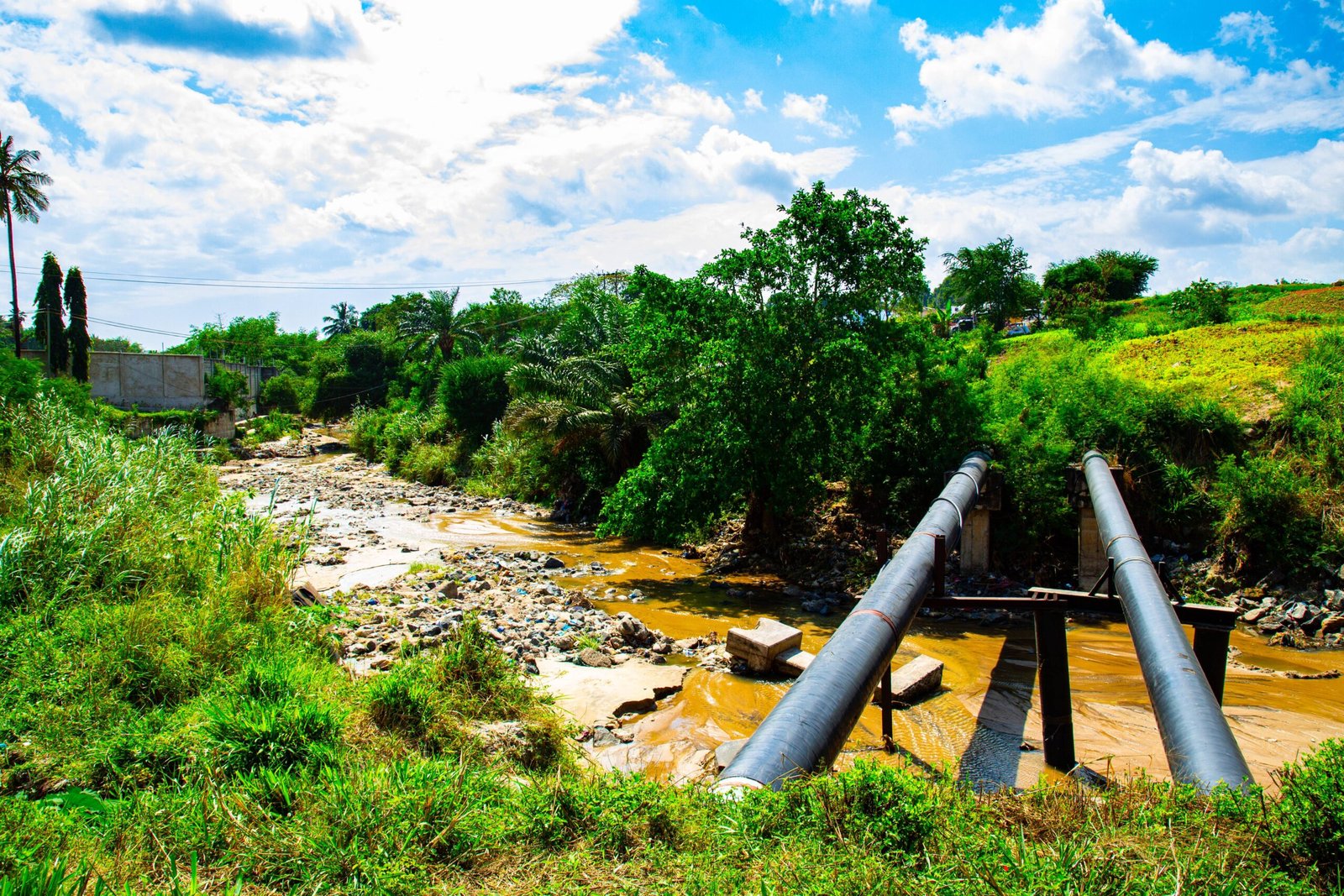
The Earth’s climate is undergoing rapid changes, primarily driven by human activities such as burning fossil fuels and deforestation. These activities increase greenhouse gases in the atmosphere, leading to global warming. As temperatures rise, the hydrological cycle is affected. Warmer air holds more moisture, leading to more intense and frequent storms in some areas, while in others, prolonged droughts become the norm. This shift in the hydrological cycle directly impacts water availability, causing certain areas to experience water stress more severely than before.
Regional Variations in Water Stress
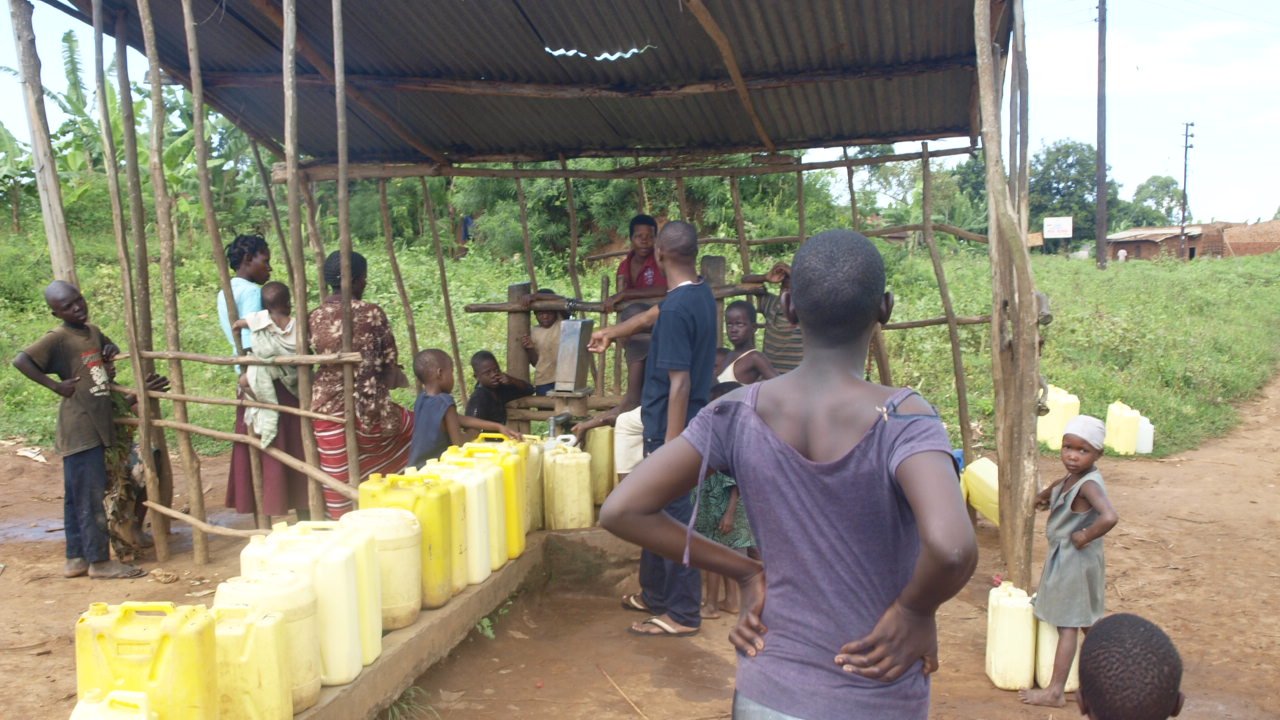
Not all parts of the United States experience water stress in the same way. The Western U.S., for instance, has long been prone to droughts, but climate change is exacerbating these conditions. States like California and Arizona are witnessing longer dry spells and shrinking water reservoirs. On the other hand, the Midwest is experiencing more frequent flooding due to intense rainfall events. These regional variations are largely due to changes in precipitation patterns, influenced by climate change, which alter the water availability landscape significantly.
Urbanization and Increased Water Demand

Urbanization compounds the effects of climate change on water stress. As cities expand, the demand for water increases exponentially. Urban areas require vast amounts of water for residential, industrial, and recreational purposes. This increased demand puts additional pressure on already stressed water supplies. Moreover, urbanization often leads to the destruction of natural landscapes that help in water retention, such as wetlands and forests, further aggravating water stress conditions.
Impact on Agriculture

Agriculture is one of the sectors most affected by shifting water stress patterns. Farmers rely heavily on predictable water supplies for irrigation. As climate change alters precipitation patterns, agricultural regions face uncertainty. In places like California’s Central Valley, known for its agricultural output, water scarcity is becoming a significant challenge. Farmers are forced to adapt by implementing water-saving techniques or switching to less water-intensive crops, impacting food production and prices.
Groundwater Depletion
As surface water sources become less reliable, many regions are turning to groundwater to meet their needs. However, this is not a sustainable solution. Groundwater resources are being depleted faster than they can be replenished. In states like Texas and Kansas, excessive groundwater extraction has led to significant declines in water tables, threatening future water security. This unsustainable reliance on groundwater further exacerbates water stress issues, necessitating urgent action.
The Role of Policy and Management
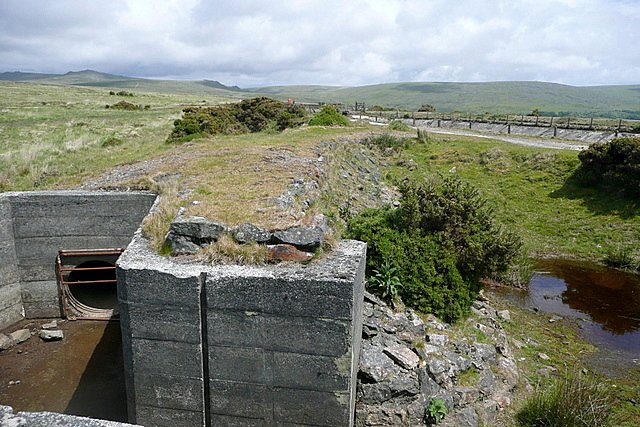
Addressing water stress requires robust policy and management strategies. Governments at local, state, and federal levels are tasked with implementing solutions that balance water use with conservation. Innovative policies, such as water pricing and allocation systems, are being explored to encourage efficient use and ensure equitable distribution. Furthermore, investment in water infrastructure, such as reservoirs and pipelines, is crucial for managing water resources effectively in the face of changing climate conditions.
Technological Innovations and Solutions
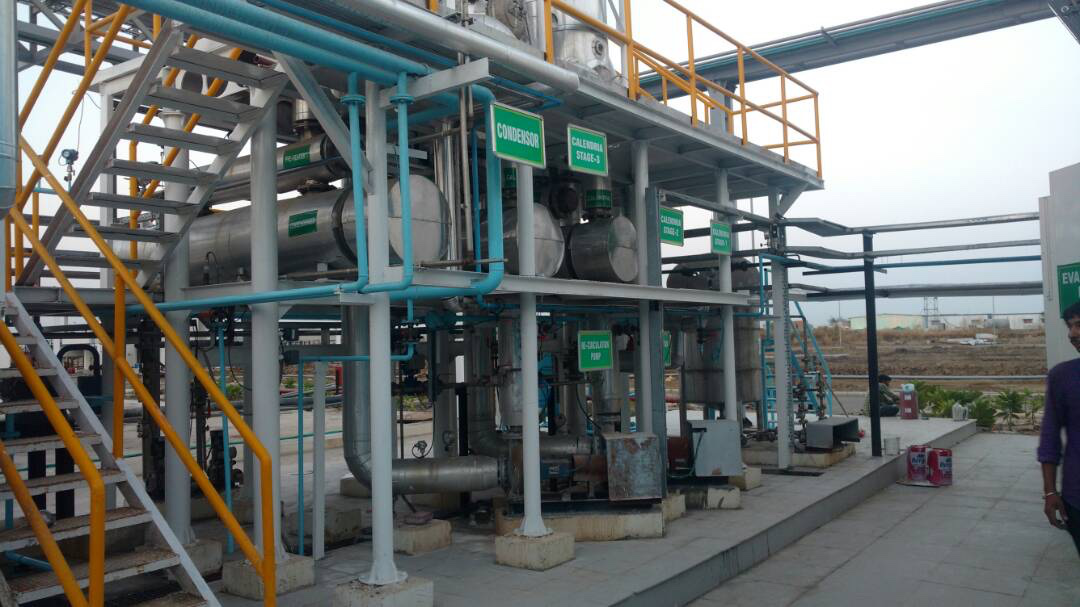
Technology offers promising solutions to combat water stress. Advances in water recycling, desalination, and smart irrigation systems are helping communities manage their water resources more efficiently. For instance, desalination plants in coastal areas are converting seawater into fresh water, providing a viable alternative to traditional water sources. Meanwhile, smart irrigation systems use data and sensors to optimize water use in agriculture, reducing waste and conserving resources.
Community Involvement and Education
Community involvement is vital in addressing water stress. Educating the public about the importance of water conservation can lead to significant reductions in water use. Local initiatives, such as rainwater harvesting and xeriscaping, empower communities to take action and reduce their water footprint. By fostering a culture of conservation and sustainability, communities can play a crucial role in mitigating water stress and adapting to the challenges posed by climate change.
The Future of Water Stress in the U.S.
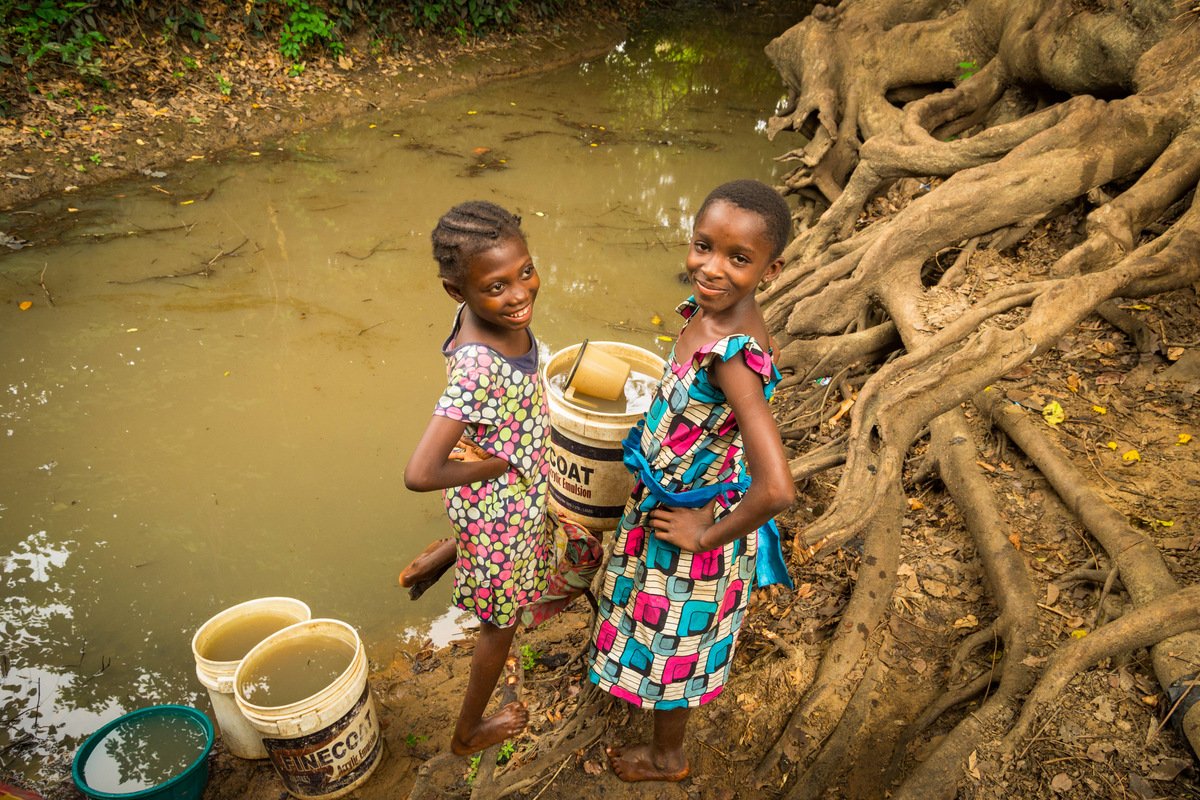
Looking ahead, the geography of water stress in the U.S. is likely to continue shifting as climate change progresses. Understanding these patterns is crucial for developing adaptive strategies that ensure water security. Researchers are using climate models to predict future scenarios, helping policymakers plan for potential changes. While the challenges are significant, proactive measures and collaboration across sectors can help mitigate the impacts of water stress and secure a sustainable future for generations to come.




